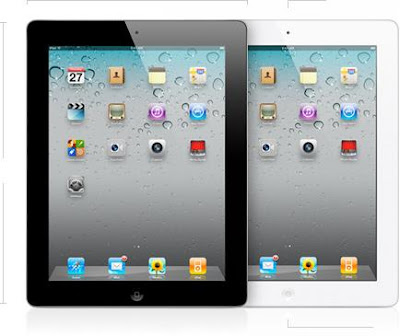However the Jean I want to talk about here is the one I met in 1973. I was a young graduate of Temple University's School of Journalism when I got a job during a very tough recession at Auerbach Computer Technology reports--the brainchild of Isaac Auerbach, himself a computer pioneer. I was struggling to learn about the parts of computers and communications gear, to describe those parts for the update service Auerbach published.
About a year after I came to work at Auerbach, I was brought into a VP's office and told I would be transferred to a department headed by Jean Bartik. This was years after Jean's work on ENIAC in the 1940s and after her stints at UNIVAC and elsewhere. In the 1970s, most of Jean's former accomplishments were forgotten. I thought the move to Jean's department was a bad move and I was upset about it. However, it turned out to be one of the luckiest career breaks I ever had.
Jean was a born teacher and she cared deeply for the cause of women in the computer industry. While Jean's name is widely known now, in the 1970s the significance of the women who programmed the ENIAC was totally ignored. The glass ceiling was firmly in place, and it didn't matter how good you were at your job. And Jean was great! During my stint as Jean's editorial assistant, she MADE SURE, I understood the technology I was writing about. She drew me diagrams, explained how things worked, and took the time to mentor me in a way no one did before or has since. Jean introduced me to the world of minicomputers and microprocessors and made me excited about this new upcoming technology. I will always be grateful for her extraordinary interest and help. When I left Auerbach to become minicomputer editor at Computerworld, she practically launched me out of her "nest."
I stayed in touch with Jean over the years and know she had to leave the industry at one point. This giant of computing wound up making a living selling real estate for a while. That changed later. The story that she told me is that sometime in the mid 80s, historian Kathy Kleiman learned about the six women who worked on ENIAC and decided to follow up. Until that time, most people thought that the women in the photos about the historic computer were models, not the people who actually wrote the programs. After Kleiman's intervention, Jean and the rest of the group were honored in many different venues, which gave Jean a platform to advocate for and advance the role of women in computing.
Jean's kindness and help have stayed with me to this day and I hope I've been able to teach the people who followed me, in the way Jean taught me. In fact, my desire to teach baby boomers about technology probably stemmed from Jean's extraordinary way of making technology accessible even to me. I would like to finish this post with a quote from Jean Bartik about how women in computing were treated in her day. This is taken from the About.com Inventors website.
Some links for Jean Bartik:I was just at the right place at the right time. It was divine providence or fate that selected me to be an ENIAC programmer. Betty Holberton quoted something interesting recently, 'Look like a girl, Act like a lady, Think like a man, and Work like a dog.' I was told I'd never make it to VP rank because I was too outspoken. Maybe so, but I think men will always find an excuse for keeping women in their 'place.' So, let's make that place the executive suite and start more of our own companies.
IEEE Computer Society Awards
ENIAC Programmers Project
Top Secret Rosies
Obituary CNN: Computing Pioneer Jean Jennings Bartik Dies
The Jean Jennings Bartik Computing Museum at Northwest Missouri State University




